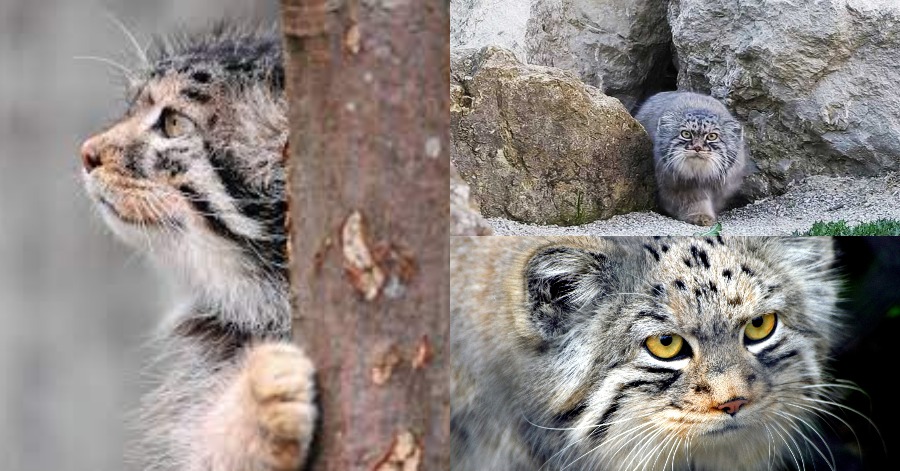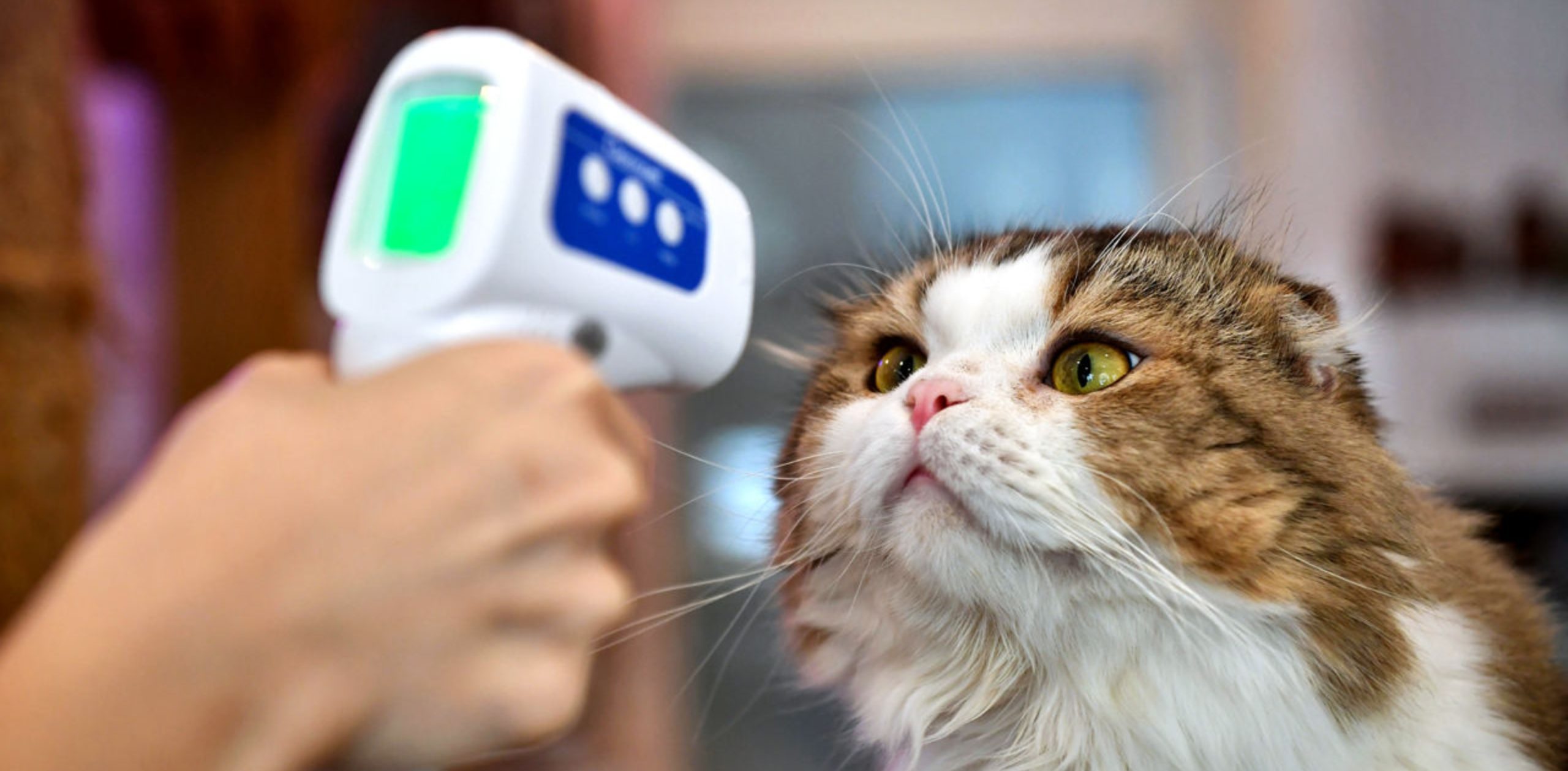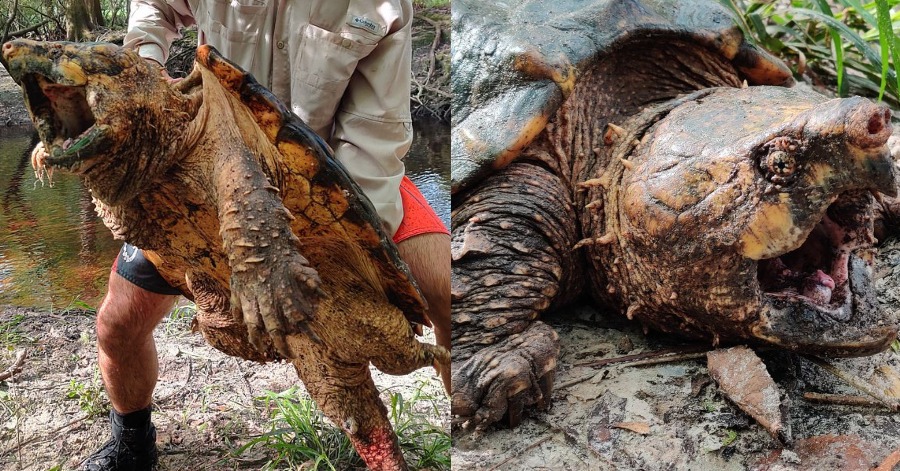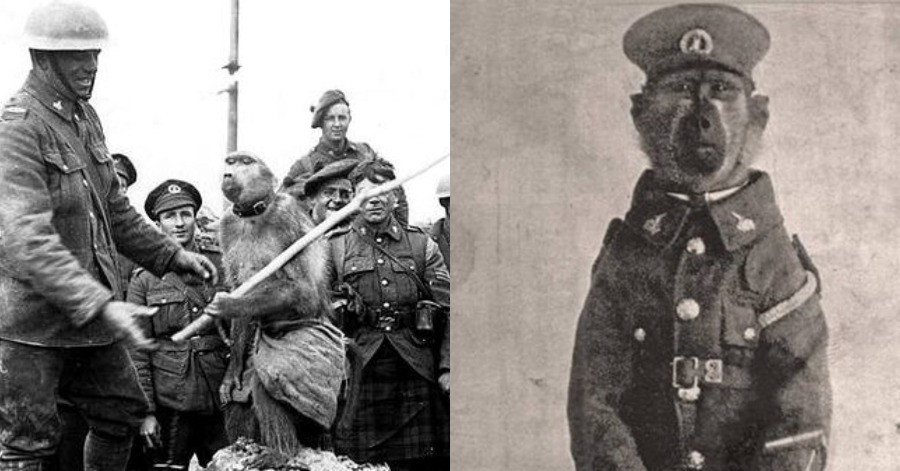Who doesn’t love cats? There’s no doubt that many individuals all around the world enjoy the company of cats. This is due to the fact that cats are not only cute, but they are smart, funny and mischievous animals to care for, and there are so many different breeds to select from. Surprisingly, there are over 70 different cat breeds on the globe.
One breed, however, has become the star of Youtube videos and memes on the internet. The Pallas’ cat or also known as Otocolobus manul, is a small wildcat with a distinctive and endearing appearance: a flattened and rounded face, stocky physique, and extraordinary fluffiness give it a stout and plush appearance.

The body of these little cats is stocky, with thick, silky fur and an abundance of dark, woolly underfur that is twice as long as the rest of the body. The hair is light grey to yellowish buff and russet in color, with white tips that give it a frosted appearance. There are some faint stripes down the sides of the body, and the bottom fur is darker and longer than the top.
Their environment has a harsh climate with minimal rainfall, low humidity, and a broad variety of temperatures. The steppe grassland regions of Mongolia, China, and the Tibetan Plateau are their primary habitat. They have been found in the rocky desert and cold, arid habitats of the dry grassland steppes mixed with stone outcrops at elevations of up to 4,800 meters.

This little cat eats a variety of rodents, birds, insects, reptiles, and even dead animals. They must crouch low and get near to their prey before pouncing because they are not swift. They move in short bursts before resting low on the ground while foraging to avoid becoming prey to eagles, wolves, red foxes, or dogs.
Apart from their pretty face and lifestyles, here are some interesting facts to know about the Pallas’s Cat:

1. Goes by the name Manul- In 1776, German naturalist Peter Pallas categorized the cat as Felis manul. The Mongolian language is the source of the word ‘manul.’ Otocolobus, its current scientific name, is derived from the Greek language and means ‘ugly-eared.’ Pallas incorrectly assumed the cat was the origin of the domestic Persian breed because of its long fur, robust physique, and flattened face when he first described it.
2. The fluffiness is an illusion of size- Pallas’ cats have stocky bodies and long, dense coats, giving them the appearance of being larger and heavier than they are. They’re roughly the size of domestic cats, with a body length of up to 26 inches and a weight of around 10 pounds.
3. They have unusual pupils- Pallas’ cats’ pupils compress into little circles rather than vertical slits, unlike other cats.
4. Very particular about their habitat- They can be found from western Iran to western China in Central Asia. Pallas’ cats like the cold and arid conditions of stony steppes and grasslands at elevations of up to 15,000 feet within this area.
5. They are ambush hunters-They hunt their prey utilizing short foliage and rocky terrain as cover, or they wait at burrow openings for their prey to leave and pounce. Pikas, as well as other tiny rodents, birds, and the occasional insect, are the major prey of Pallas’ cats.
Sources:Wildcat Conservation,Untamed Science,Wired









Leave a Comment